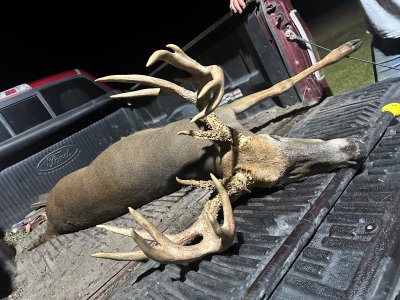In areas with targeted removal the prevalence rate is stabilizing. Like it or not, it is working.
The CWD portion successfully focused harvest pressure on specific CWD Management Zone counties. For example, during the 2024 season, the highest county harvest totals for the CWD portion were Franklin (413), Jefferson (301), and Howell (279)--CWD hotspots.
The CWD portion increased harvests by 11,707 in 2023 11,424 in 2024.
During the post-season targeted removal 4,768 deer were taken through a combination of landowners and sharpshooters. 70 of those tested positive, a significant number considering of the 36,000 deer tested during the regular season, only 173 tested positive. 36% of all CWD positive deer were those taken through targeted removal.
Missouri's statewide prevalence rate is under 0.5%. In the targeted removal areas the prevalence rate was 1.8%.
Key factors that are fueling the flames: 1) The idea that Oklahoma and captive breeders have "immune deer." Nope, with the G96S gene they just live a little longer and spread the disease for about six to eight months more. Also, the G96S gene they are breeding for is already mutating, so the "longevity" of selective breeding may not be long term. 2) The best way to buy time for better solutions/cure is to increase harvest of all age class deer to just below carrying capacity. This flies in the face of 35 years of QDM of "let 'em go they they can grow."
 This buck was shot 2 miles from my farm (this year) it scored mid 160 (3 yr old) …
This buck was shot 2 miles from my farm (this year) it scored mid 160 (3 yr old) …